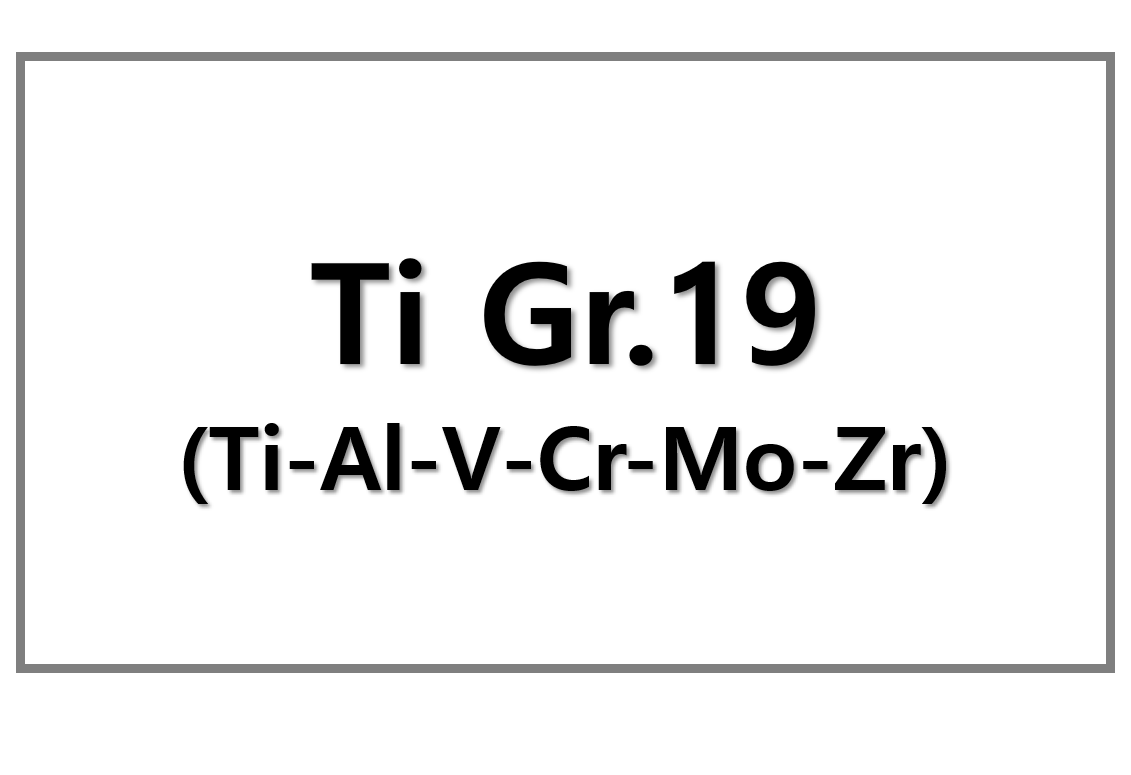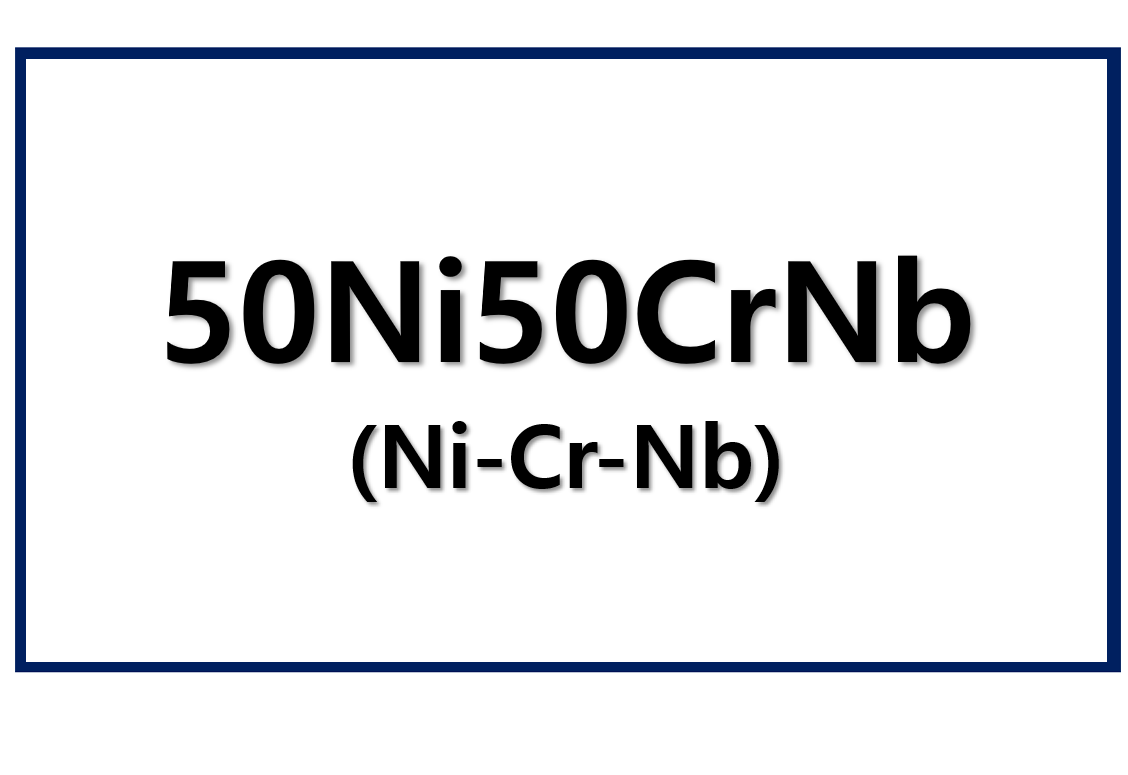
RTX, a leader in aerospace and defense, reported a decline in original equipment (OE) deliveries during Q3 2024. The dip in deliveries is attributed to ongoing supply chain disruptions affecting major aircraft manufacturers like Airbus and Boeing. Despite these challenges, RTX saw strong growth in its military and aftermarket sectors, which helped maintain financial stability.
Supply Chain Disruptions Impact Commercial OE Deliveries
In Q3 2024, RTX’s Pratt & Whitney delivered 252 large commercial engines, a decrease from 261 engines in the same period last year. Although the commercial engine sector faced challenges, total engine deliveries slightly increased compared to the previous quarter. Military engine deliveries also saw a decline, dropping to 34 units from 55 in Q3 2023. However, Pratt & Whitney Canada saw an increase, delivering 521 engines, up from 500 in the previous year. The resilience in the face of supply chain disruptions reflects RTX’s efforts to maintain production levels despite ongoing challenges.
Strong Financial Performance Driven by Military and Aftermarket Demand
Despite the dip in OE deliveries, RTX’s overall financial performance in Q3 2024 benefited from strong demand in the military and aftermarket sectors. Pratt & Whitney’s adjusted sales grew 14%, reaching $7.2 billion, up from $6.3 billion in Q3 2023. The military sector saw a significant 20% increase in sales, while the commercial aftermarket sales grew by 13%. These gains helped offset the financial impact of a $5.4 billion charge from the prior year, linked to an engine withdrawal due to contaminated powdered metal.
RTX’s geared turbofan fleet management plan, which includes maintenance, repair, and overhaul (MRO) services for PW1100G engines, showed positive results. Throughput increased by 10% from Q2 to Q3 2024 and 27% year-over-year. These efforts helped balance spare parts demand and engine production, particularly for Airbus.
Collins Aerospace Faces Decline in Commercial OE Sales
Collins Aerospace, another RTX subsidiary, reported $7 billion in sales, up from $6.6 billion in the previous year. The increase was mainly driven by strong demand in defense and commercial aftermarket sectors. However, commercial OE sales fell by 8%, attributed to reduced sales of narrowbody aircraft engines, particularly for the Airbus A320 and Boeing 737 models.
RTX has focused on high-volume programs for Boeing and has managed cost curtailments in specific Boeing product portfolios to address ongoing supply chain pressures. The company continues to adapt to these challenges while striving to maintain production flows and meet demand.
Challenges with Widebody Aircraft and Geopolitical Issues
RTX faced mixed results in the widebody aircraft sector. Collins Aerospace saw a 1% increase in sales, mainly driven by the Boeing 787 program. However, deliveries related to the Airbus A350 faced declines, and the 787 program remains unprofitable for RTX on the OE side. Additionally, geopolitical factors, such as the shift in heat exchanger supply from Russia to the US and UK, have added complexity and further pressure on RTX’s cost structure.
Outlook Amid Ongoing Supply Chain Pressures
Despite the difficulties in OE deliveries and supply chain management, RTX remains optimistic about its future. The company continues to focus on optimizing operations and addressing production challenges at Airbus and Boeing. RTX is confident that its strong performance in the aftermarket and military sectors will help mitigate risks posed by fluctuating demand and geopolitical uncertainties. The aerospace industry, though affected by supply chain disruptions and market volatility, will continue to see RTX capitalize on its resilience in other sectors.











Leave a Reply
You must be logged in to post a comment.